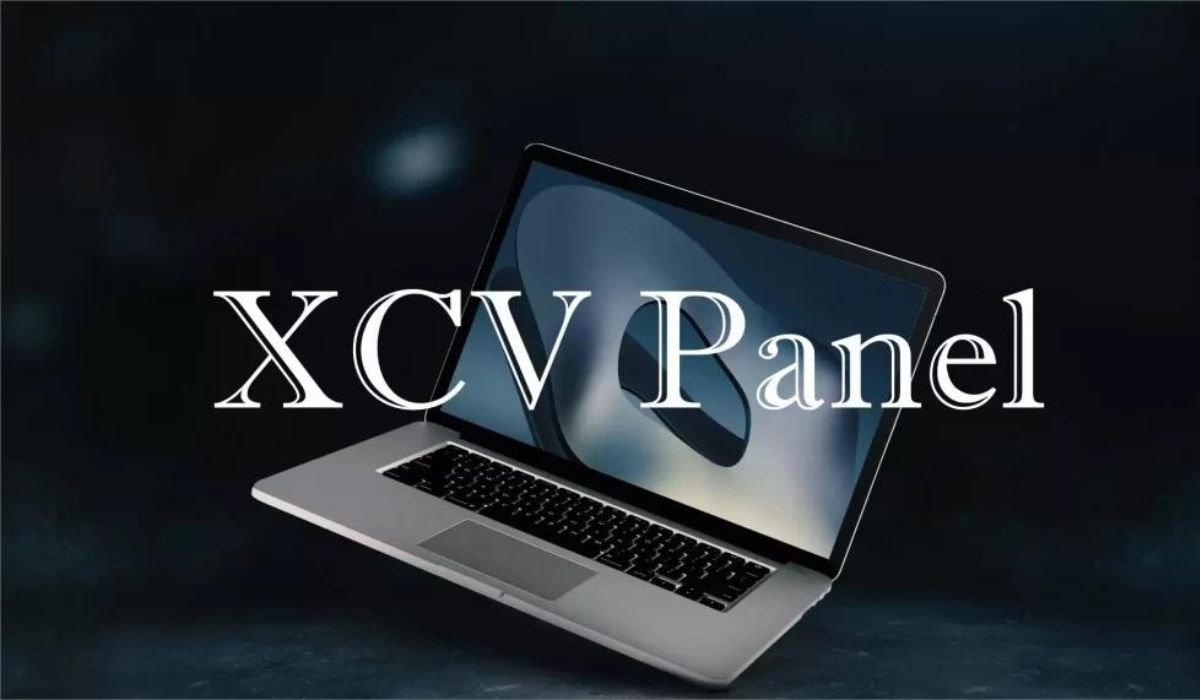Introduction
As the world increasingly shifts towards renewable energy sources, traditional solar panels are facing significant limitations. Conventional silicon-based solar panels have been the cornerstone of solar technology for decades, but they come with challenges such as high manufacturing costs and relatively low efficiency. The advent of the Xcv Panel represents a groundbreaking advancement in solar technology that promises to address these issues and set new standards for solar energy.
Understanding Xcv Panel
Defining Xcv Panel
The Xcv Panel is an innovative type of solar panel that leverages advanced materials and technologies to improve the efficiency and reduce the costs of solar energy systems. Unlike traditional panels, the Xcv Panel incorporates cutting-edge materials and design principles to enhance performance. This new generation of solar technology is characterized by its use of perovskite materials, which offer significant advantages over conventional silicon-based solar cells.
Comparison to Traditional Solar Panels
When compared to traditional silicon-based solar panels, Xcv Panels offer several distinct advantages:
- Materials: Xcv Panels utilize perovskite materials, which are known for their superior light absorption properties compared to silicon.
- Efficiency: Perovskite materials can achieve higher conversion efficiencies, meaning they convert more sunlight into electricity.
- Cost: The manufacturing process for Xcv Panels is typically less expensive due to the simpler production methods of perovskites, potentially leading to lower costs for consumers.
Technological Breakthroughs
Several technological innovations make Xcv Panels stand out in the solar market:
- High Efficiency: Xcv Panels are designed to maximize the conversion of sunlight into electricity with higher efficiency rates than traditional panels.
- Flexible Design: The use of perovskite materials allows for flexible and lightweight panel designs, making them suitable for a variety of applications.
- Lower Production Costs: The simpler manufacturing process of perovskites reduces the overall production costs, which can be passed on to consumers.
The Power of Perovskites
Perovskite Materials
Perovskite materials are named after the mineral perovskite, which has a unique crystal structure that enhances light absorption. These materials are known for their:
- High Light Absorption: Perovskites can absorb more sunlight, leading to higher energy conversion.
- Versatility: They can be used in a range of applications, from traditional solar panels to flexible and lightweight designs.
- Ease of Production: Perovskites are easier and cheaper to produce than silicon-based materials.
Efficiency Gains
The integration of perovskite materials into Xcv Panels results in substantial efficiency gains. Research has shown that perovskite solar cells can achieve efficiency rates exceeding 25%, compared to the typical 15-20% of silicon-based panels. This increased efficiency means that Xcv Panels can generate more electricity from the same amount of sunlight.
Cost Reduction
One of the major advantages of using perovskites in Xcv Panels is the potential for cost reduction. The production process for perovskite materials is less resource-intensive than that for silicon, which can lead to lower manufacturing costs. Additionally, the flexible nature of perovskite-based panels can reduce costs related to transportation and installation.
Xcv Panel Applications
Residential Use
Xcv Panels are highly suitable for residential rooftops. Their high efficiency and flexible design make them an excellent choice for homeowners looking to maximize their solar energy production. The lightweight nature of Xcv Panels also means they can be installed on a variety of roof types without requiring significant structural modifications.
Commercial and Industrial Applications
In commercial and industrial settings, Xcv Panels offer several benefits:
- Solar Farms: Their high efficiency makes them ideal for large-scale solar farms where maximizing energy production is crucial.
- Building-Integrated Photovoltaics (BIPV): The flexible design of Xcv Panels allows them to be integrated into building materials, such as facades and windows.
Grid Integration
Xcv Panels can play a significant role in the integration of solar energy into the electrical grid. Their high efficiency and lower production costs contribute to the viability of large-scale solar projects, which can help balance the grid and reduce reliance on fossil fuels.
Environmental and Economic Benefits
Reduced Carbon Footprint
The use of Xcv Panels has several environmental benefits:
- Lower Greenhouse Gas Emissions: By improving the efficiency of solar energy systems, Xcv Panels contribute to a reduction in greenhouse gas emissions.
- Sustainable Materials: Perovskite materials are often more sustainable to produce than traditional silicon.
Economic Advantages
Xcv Panels offer significant economic benefits:
- Job Creation: The development and manufacturing of Xcv Panels can create jobs in the renewable energy sector.
- Energy Independence: Lower costs and higher efficiency make solar energy more accessible, contributing to greater energy independence for individuals and businesses.
Social Impact
The social impact of Xcv Panels includes:
- Improved Access to Clean Energy: Lower costs and flexible designs can increase access to solar energy in underserved areas, enhancing energy equity.
- Enhanced Quality of Life: By providing a cleaner and more reliable energy source, Xcv Panels can improve the overall quality of life for communities.
The Future of Xcv Panel
Research and Development
Ongoing research and development efforts are focused on improving Xcv Panel technology. Innovations in perovskite materials, manufacturing processes, and panel design are expected to further enhance the performance and affordability of Xcv Panels.
Challenges and Opportunities
Despite their potential, Xcv Panels face certain challenges:
- Material Stability: Ensuring the long-term stability and durability of perovskite materials is crucial for widespread adoption.
- Scalability: Scaling up production to meet global demand presents logistical and technical challenges.
However, there are also significant opportunities:
- Technological Advancements: Continued advancements in perovskite technology could address existing challenges and unlock new applications.
- Market Growth: As awareness and adoption of Xcv Panels grow, the market for advanced solar technologies is likely to expand.
The Potential for Mass Adoption
The potential for mass adoption of Xcv Panels is promising. With ongoing improvements and decreasing costs, Xcv Panels could become a mainstream solar technology, driving significant advancements in renewable energy.
You May Also Like: Twñcel: Revolutionizing Digital Connectivity for the Future
Conclusion
The Xcv Panel represents a significant advancement in solar technology, offering enhanced efficiency, reduced costs, and a range of applications. By leveraging the unique properties of perovskite materials, Xcv Panels address many of the limitations of traditional solar panels and offer a glimpse into the future of renewable energy. As research and development continue, Xcv Panels have the potential to revolutionize the solar industry and contribute to a more sustainable and economically viable energy future.
FAQs
1. What is an Xcv Panel?
An Xcv Panel is a type of solar panel that uses perovskite materials to achieve higher efficiency and lower production costs compared to traditional silicon-based panels.
2. How does Xcv Panel technology compare to traditional solar panels?
Xcv Panels offer higher efficiency and lower costs due to their use of perovskite materials, which are more effective at absorbing light and easier to produce than silicon.
3. What are the benefits of using perovskite materials in Xcv Panels?
Perovskite materials provide high light absorption, improved efficiency, and lower production costs, making Xcv Panels more effective and affordable.
4. Can Xcv Panels be used for residential installations?
Yes, Xcv Panels are suitable for residential rooftops due to their high efficiency and flexible design, which allows for easy installation on various roof types.
5. What are the environmental and economic benefits of Xcv Panels?
Xcv Panels reduce greenhouse gas emissions, support job creation in the renewable energy sector, and enhance energy independence while making solar energy more accessible.










